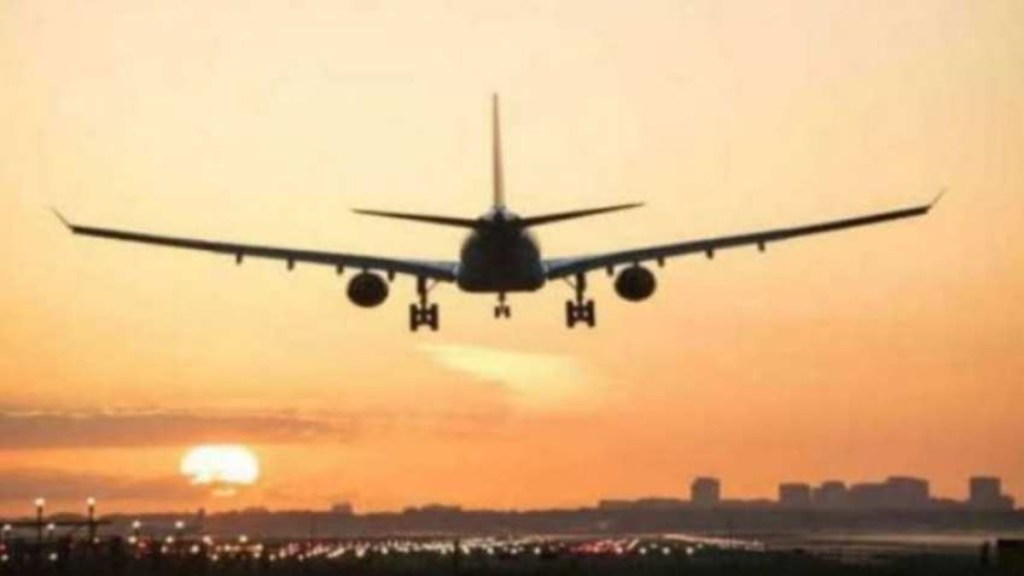The Veer Savarkar International Airport in Port Blair is set to undergo significant upgrades, enhancing its capabilities to facilitate aircraft operations during night and adverse weather conditions. According to an official statement, the airport will soon be equipped with advanced Instrument Landing System (ILS) and Runway Lighting System (RLS), marking a significant advancement in its infrastructure.
ILS Implementation
Devender Yadav, the Airport Director informed that the Doppler Very High-Frequency Omni Range (DVOR) has been operational since January 19, aiding aircraft in establishing flight position, direction, and destination using VHF signals. Additionally, the implementation of the Instrumental Landing System (ILS) is underway, with installation, calibration, and procedure design work of glide path and Distance Measuring Equipment (DME) already completed.
“For implementation of Instrumental Landing System (ILS), the installation, calibration and procedure design work of glide path and Distance Measuring Equipment (DME) has already been completed and it will be operational soon”, the airport director said.
ILS, a standard International Civil Aviation Organisation (ICAO) precision landing aid, is crucial for providing accurate azimuth and descent guidance signals to aircraft during landing, particularly in adverse weather conditions. The Airports Authority of India (AAI), in collaboration with the Navy, aims to complete the ILS system by February 15. Concurrently, the Indian Navy plans to finalize the installation of the Runway Lighting System (RLS) by the end of March, enabling night landing of aircraft.
Operational Improvements
Upon completion and approval by AAI and the Indian Navy by April-May, the Veer Savarkar International Airport will be fully equipped to operate flight services during night hours and in all weather conditions. This development is expected to bolster flight operations, promote competitive airfare, and facilitate increased tourist influx to the picturesque island.
The airport director highlighted that these upgrades will significantly reduce flight diversions due to rough weather conditions, enhancing overall safety and efficiency. Furthermore, the Air Navigation services provided by the Airports Authority of India throughout the oceanic region of the Bay of Bengal and the Andaman Sea will be further strengthened, particularly benefiting aircraft flying between the Far East and the Middle East.
The Communication, Navigation, and Surveillance (CNS) installations at Andaman and Nicobar Islands, especially in the capital city of Port Blair, play a pivotal role in extending these services to aircraft, facilitating smoother and more efficient air travel in the region.
